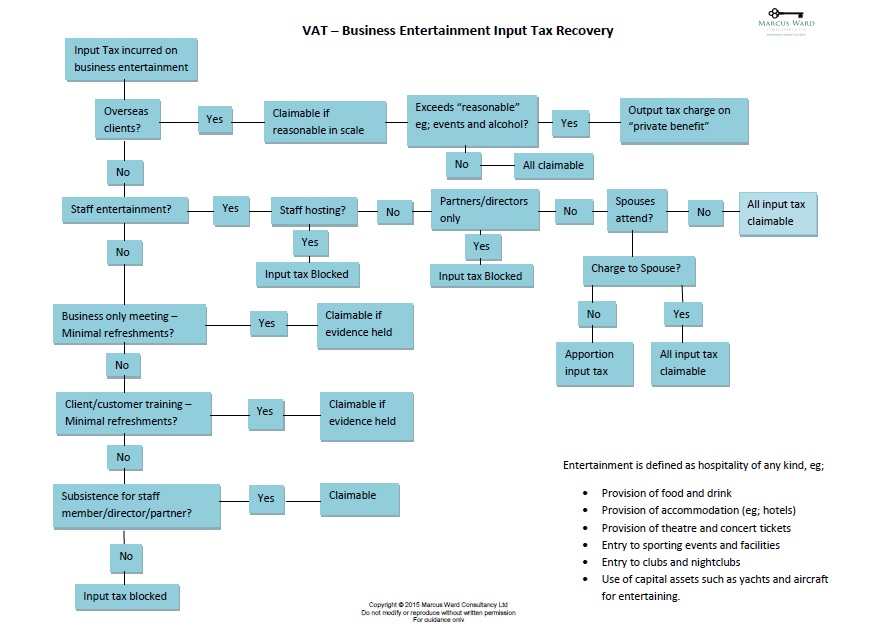Latest from the courts
In the Court of Appeal (CoA) case of Tower Bridge GP Ltd the issue was whether the appellant could claim input tax in a situation where it did not (and does not) hold a valid tax invoice.
Background
Tower Bridge was the representative member of a VAT group which contained Cantor Fitzgerald Europe Ltd (CFE). CFE traded in carbon credits. These carbon credit transactions were connected to VAT fraud.
The First Tier Tribunal (FTT) found that CFE neither knew, nor should have known, that the transactions it entered into before 15 June 2009 were connected to VAT fraud but that it should have known that its transactions were connected to fraud from 15 June 2009. The appeal relates only to transactions entered into before that date.
CFE purchased carbon credits from Stratex Alliance Limited (“Stratex”) The carbon credits supplied to CFE were to be used by the business for the purpose of its own onward taxable transactions (in carbon credits). The total of VAT involved was £5,605,119.74.
The Stratex invoices were not valid VAT invoices. They did not show a VAT registration number for Stratex, nor did they name CFE as the customer. Although Stratex was a taxable person, it transpired that Stratex was not registered for VAT (and therefore could not include a valid VAT number on its invoices) and that it fraudulently defaulted on its obligation to account to HMRC for the sums charged as output tax on these invoices.
Subsequent investigations by HMRC resulted in Stratex not being able to be traced.
Contentions
The appellant contended that it is entitled to make the deduction either as of right, or because HMRC unlawfully refused to use its discretion to allow the claim by accepting alternative evidence.
HMRC denied Tower Bridge the recovery of the input tax on the Stratex invoices on the basis that the invoices did not meet the formal legal requirements to be valid VAT invoices. HMRC also refused to exercise their discretion to allow recovery of the input tax on the basis that:
- Stratex was not registered for VAT
- the transactions were connected to fraud
- CFE failed to conduct reasonable due diligence in relation to the transactions
Decision
Dismissing this appeal, the CoA ruled that where an invoice does not contain the information required by legislation (The Value Added Tax Regulations 1995 No 2518 Part III, Regulation 14), or contains an error in that information, which is incapable of correction, the right to deduct cannot be exercised. The appellant did not have the ability to make a claim as of right.
The Court then considered whether HMRC ought to have permitted Tower Bridge to make a claim using alternative evidence. It found that the attack on HMRC’s exercise of discretion fails for the reasons contended by HMRC (above). These were perfectly legitimate matters for HMRC to take into account in deciding whether to exercise the first discretion in the taxable person’s favour.
CFE had failed to carry out “the most basic of checks on Stratex”.
So, the appeal was dismissed.
Commentary
This was hardly a surprising outcome considering that if an exception were to be made, there would be a loss to the public purse consisting of the input tax, with no corresponding gain to the public purse from the output tax that Stratex ought to have paid, but fraudulently did not.
This case demonstrates the importance of obtaining a proper tax invoice and to carry out checks on its validity. Additionally, there is a need to conduct accurate due diligence on the supply chain. I have summarised the importance of Care with input tax claims which includes a helpful list of checks which must be carried out.

